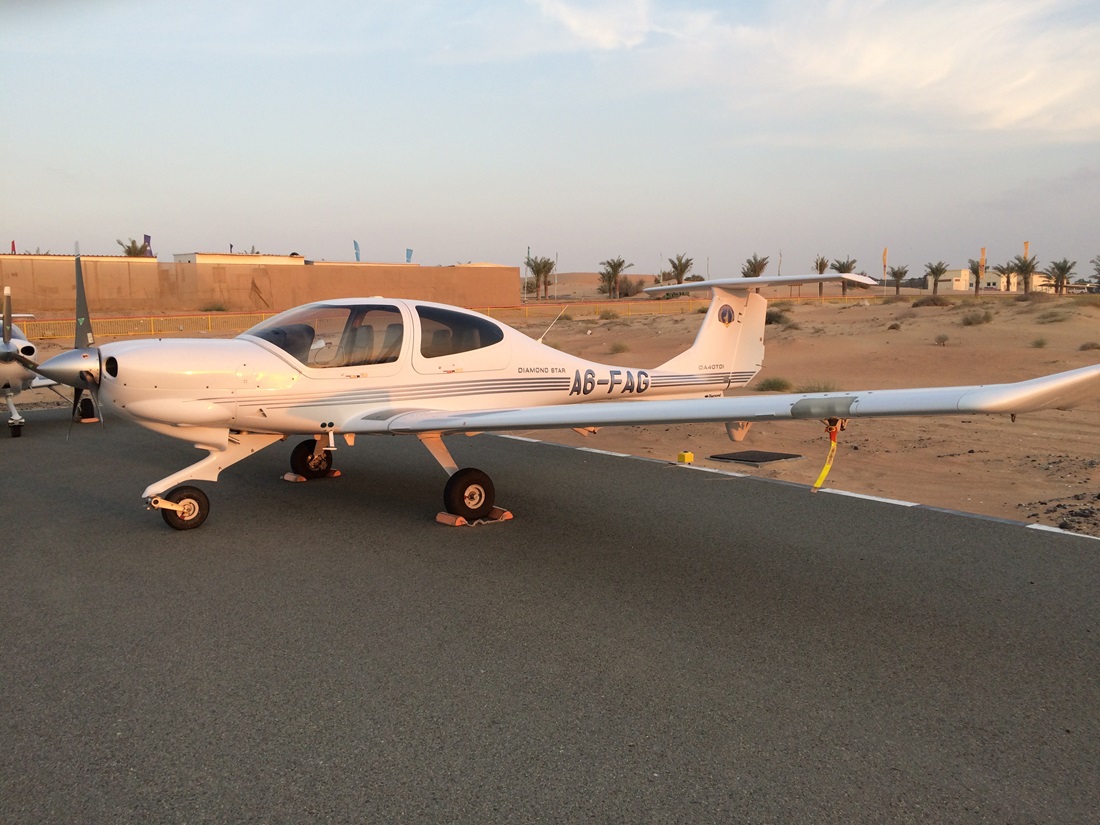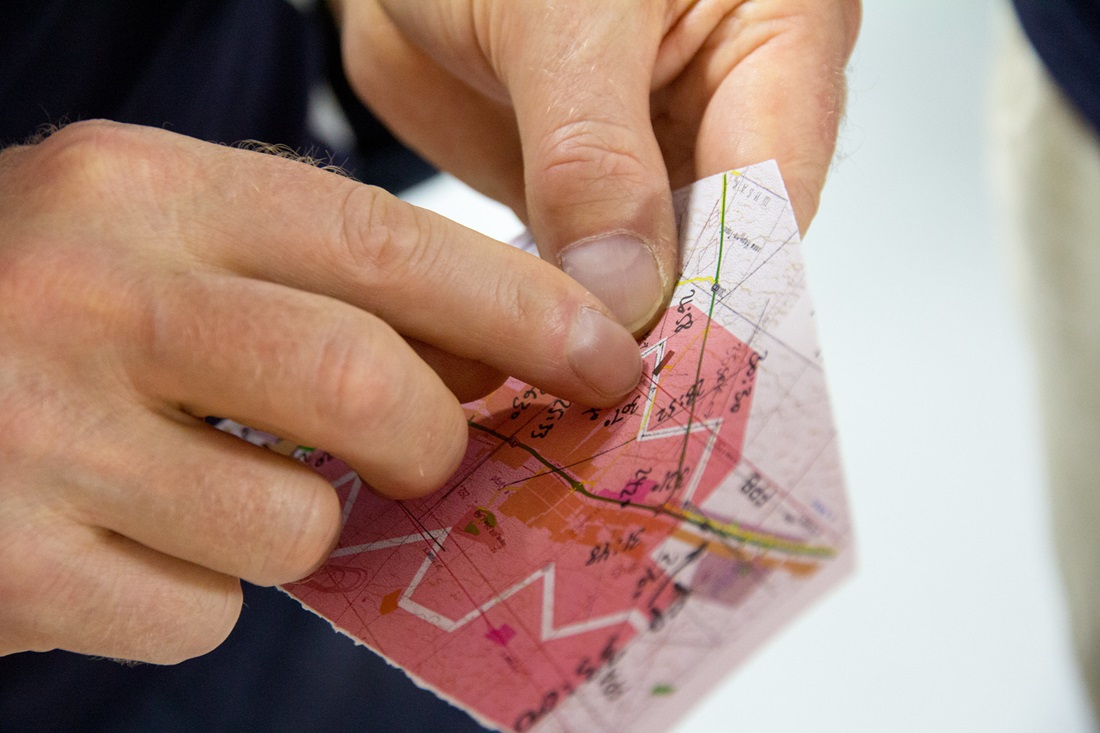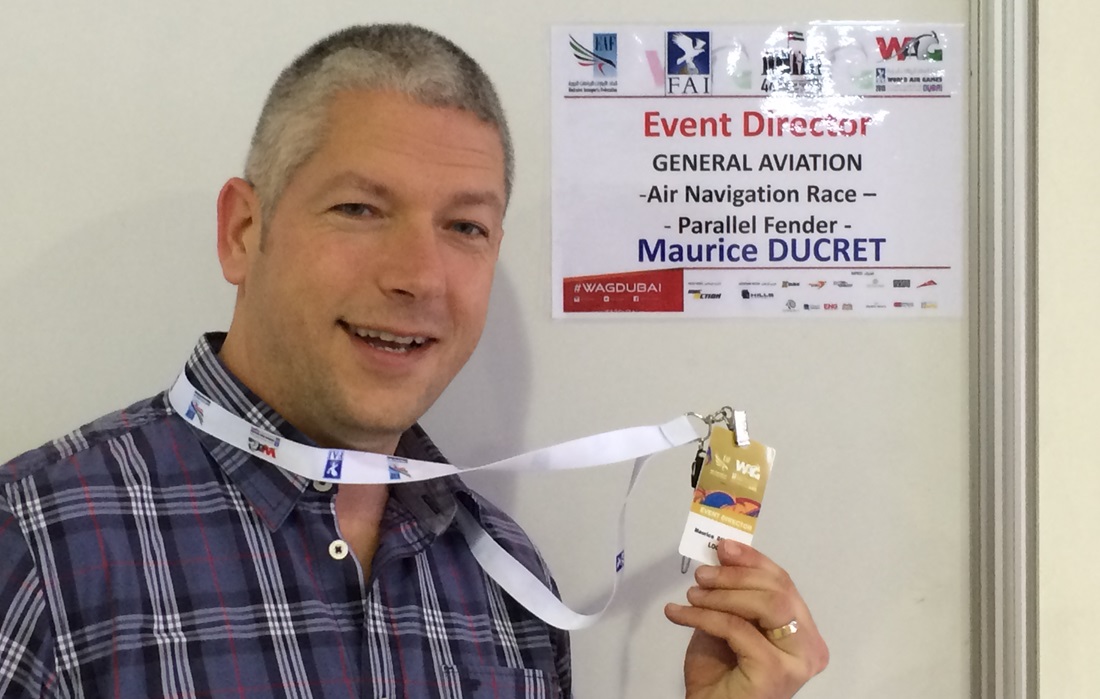Slovakia welcomes competitors to the 3rd FAI World Air Navigation Race Championship
Thirty-three crews are currently making the most of the training days this week before the 3rd FAI World Air Navigation Race Championship (WANR) begins on 18 August in Slovakia.
Radomski Boleslaw and Darius Lechowski of Poland will be defending their title from the 2019 World Championship in Portugal against crews from Austria, China, Czechia, France, Germany, Norway, Poland, Spain, UK and the six crews from Slovakia.
With five years between this year’s competition and the previous edition, the hosts – Aeroklub Kamenica nad Cirochou – are pleased to welcome some new crews alongside some previous competitors.
Event Schedule
- 12 Aug: Arrivals
- 13-17 Aug: Training days
- 18 Aug: Landing practice, General Briefing and Opening Ceremony
- 19 Aug: Landing test
- 20-23 Aug: Competition tasks
- 24 Aug: Closing Ceremony and Prize Giving

At the World Air Games 2015, Dubai. Credit: Maurice Ducret
What is an Air Navigation Race?
The Air Navigation Race (ANR) discipline (conceived of in 2007 whilst Heinrich Schawalder, former FAI GAC Swiss delegate while on holiday in Brazil!) comprises two components: navigation and landings. It is a knock-out contest where aircraft with a two-person crew fly in elimination heats against each other.
For Navigation Tests, there are 8-10 turning points in a narrow corridor which has a common start and end point. The crew will receive their map and will have a short time to prepare before heading to their aircraft to take off. There are two Landing Tests for the crews to complete. The scoring is for navigation, landing, and a combined score.
The tasks take place without the use of GPS - teams are given a map and must use stopwatches and a compass to find the turnpoints.

Studying routes at FAI World Air Games 2015: Credit: Marcus King/FAI
What’s the appeal of An Air Navigation Race?
International Chief Judge, Maurice Ducret, explained that the format derived as a "dynamic and contemporary form of Precision Landing and Rally Flying: “Flights are shorter, so there are more per day.” This, alongside the live tracking which can be followed online or at the airfield, means crews can have support from anywhere in the world.
ANR is also relatively simple and inexpensive to organise with a small team. Numbers of pilots have gradually increased since the first world championships in Spain, and the visibility for the sport was also boosted by its inclusion in The World Air Games in Dubai, 2015.

Live tracking at FAI World Air Games 2015: Credit: Marcus King/FAI
Ducret encourages younger crews to get involved, saying, “Once you’ve flown it for the first time, you’ll love it!” and indeed the competitor list for the event shows that more experienced pilots will be flying alongside some newer pilots particularly in the Czech, Norwegian, Polish and Slovakian teams.
It helps that the “rules and scoring are easy to understand”, as Ducret explains. The original aim as conceived by Heinrich Schawalder was to attract hobby pilots towards competing and improve pilot's technical skills in navigation and also landing. Pilots can also use the software to create their own ANR tasks and practice at their own airfield which makes a fun way to try out the concept.
He also adds that the ANR friendships span across boundaries, “it’s like a huge family!” he concludes, with a smile.

Maurice Ducret at the World Air Games 2015, Dubai. Credit: Maurice Ducret

